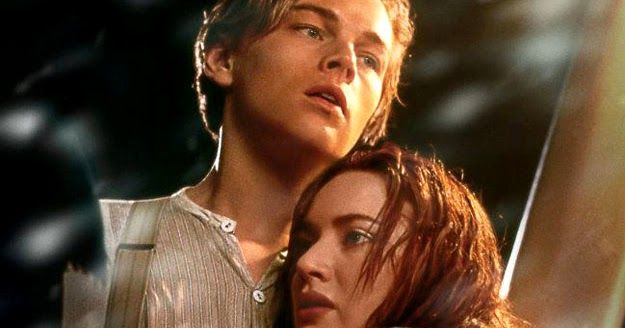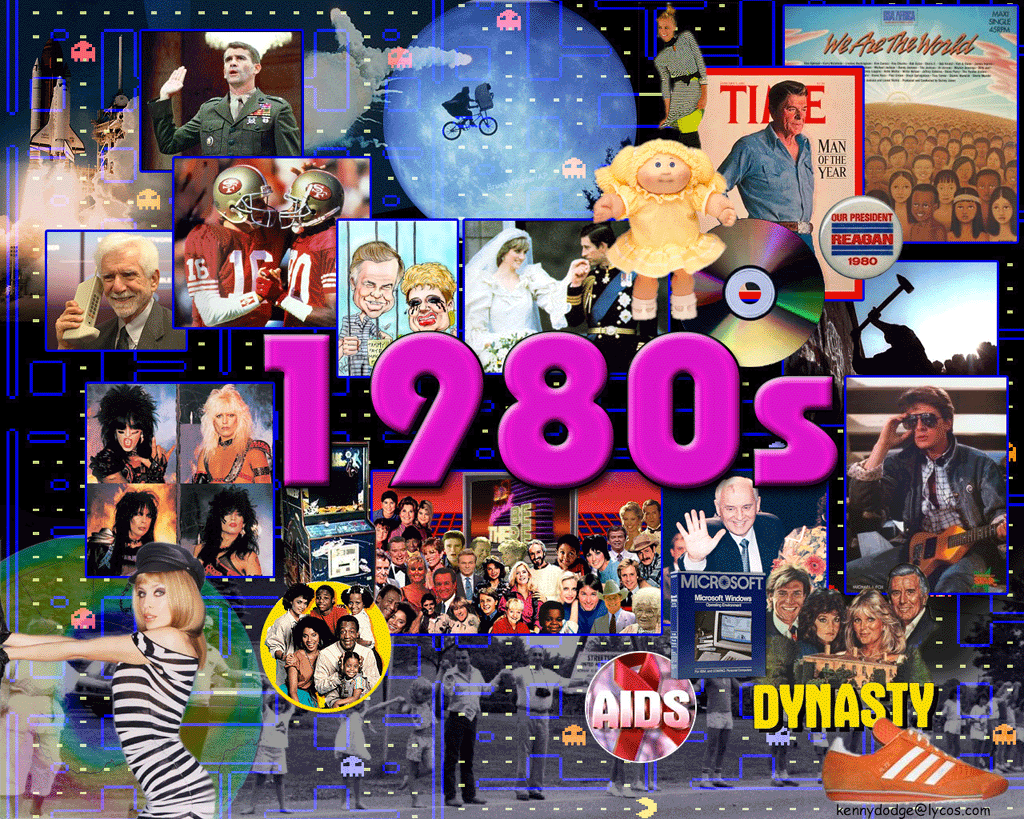
The ’80s and ’90s, let’s be real, felt like a bit of a lawless land for parents, didn’t they? It was a time when we were practically given free rein to ride our bikes wherever our little hearts desired, and yes, we even sipped on tiny plastic jugs of sugar water, confidently calling it “juice.” But beyond the carefree outdoor adventures and questionable hydration choices, there was another frontier where parental supervision seemed to take a delightful, often hilarious, backseat: our screen time. We were told to sit back from the TV lest we ruin our eyes, but it’s rare to find a kid who grew up in that era who didn’t watch something incredibly inappropriate—either with their parents or completely on their own.
Sure, some movies were a bit more obvious to parents that we couldn’t watch, like *Showgirls*, which definitely rings a bell for a lot of friends who somehow stumbled upon it. But honestly, for the most part, everybody got to watch whatever they wanted as a kid. And sometimes that meant we watched a movie that we truly had no business watching, subjecting our tiny, unsuspecting minds to scenes that would linger for years. From horror movies to dystopian films with intensely traumatic scenes to those way too focused on adult themes, plenty of us had our little brains scarred—and, let’s be honest, enlightened a little—by movies we absolutely shouldn’t have seen.
Whether you caught a film at your best friend’s sleepover, where adult supervision of movie choices was practically an urban legend, or you just grabbed a *Blockbuster* case off the shelf one glorious Friday night and handed it to your parent without a second thought, you undoubtedly have that one film that truly seared itself into your brain. We all do. And our parents? They probably had no idea what kind of core memories they were helping to create. So, buckle up, grab your nostalgia goggles (and maybe a comfort blanket), because we’re taking a trip down memory lane to revisit some of the most iconic ’80s and ’90s films that probably still haunt your dreams a little.
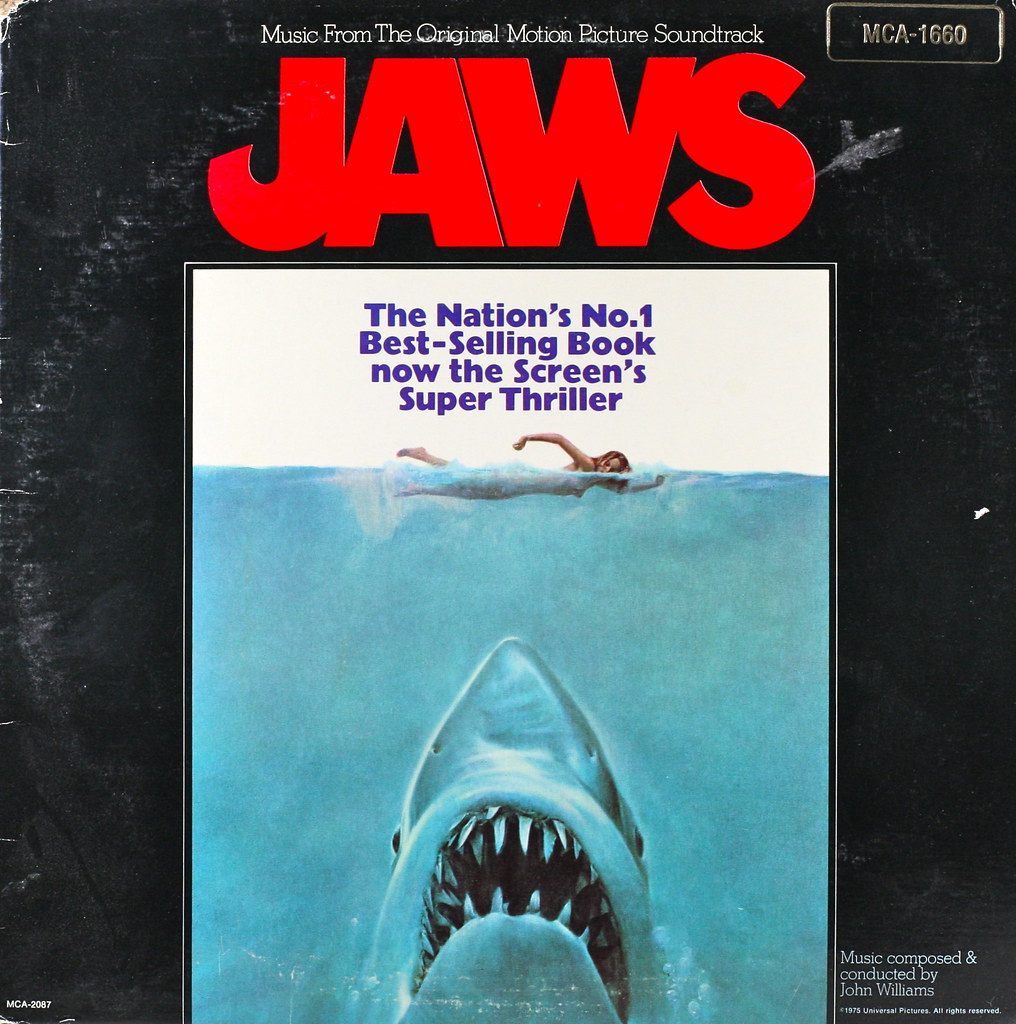
1. **Jaws**”Why on earth my parents not only let me watch *Jaws*, but called me into the living room to watch it with them, I’ll never know,” Brittney W., 40, recalls with a shudder. This isn’t just a casual recollection; for Brittney, this cinematic experience had profound, lasting effects. At the tender age of seven, she was introduced to the terrifying reality of a great white shark, and it fundamentally altered her perception of water for over a decade. “I did not go into any body of water except for a pool until I was 18,” she states, a testament to the film’s powerful and enduring impact on her young psyche.
It’s almost comical now, looking back at the rating system of the past. *Jaws*, a movie featuring a giant great white shark ripping apart innocent people swimming in the ocean, was rated PG. Yes, PG! It’s the kind of rating decision that makes you pause and wonder what exactly was going on in the rating boards of the ’70s and ’80s. A film that is undeniably gruesome and filled with heart-stopping terror was deemed suitable for general audiences, leaving countless children with a newfound, paralyzing fear of anything deeper than a bathtub.
This discrepancy between rating and content is precisely why Brittney’s experience resonates with so many. The film’s tagline, “Don’t go in the water,” became less of a marketing ploy and more of a deeply ingrained life lesson for young viewers. The thought that such a brutal depiction of nature’s ferocity could be casually shared with a child speaks volumes about the different parenting approaches of the era, and perhaps a general underestimation of how deeply certain images could affect impressionable minds.
For many of us, *Jaws* wasn’t just a movie; it was a psychological conditioning session. The intense visual of the shark attacks, coupled with the realistic performances, created a visceral fear that transcended the screen. It wasn’t just a story; it felt like a warning, permanently altering our relationship with oceans, lakes, and even the seemingly innocuous swimming pool for years to come. It’s a classic, yes, but one that definitely deserved a much higher age restriction than a simple PG.
Read more about: A Legacy in Red and Regal: Exploring the Enduring Significance of the Name ‘Roy’ in Tribute to a Jazz Icon

2. **Cruel Intentions**When *Cruel Intentions* hit theaters, it was a cultural phenomenon, especially for anyone who was a fan of *Buffy the Vampire Slayer*. “My parents and I were huge Buffy fans, so when *Cruel Intentions* came out, they didn’t think twice about letting me rent it,” Hannah J., 39, recounts. It seemed like a safe bet; after all, what harm could Sarah Michelle Gellar, our beloved vampire slayer, possibly do in a teen drama? “Oh my God, so much harm apparently,” Hannah now realizes, echoing the sentiments of many who, like her, were about 13 at the time.
This movie, with its intricate web of manipulation, seduction, and revenge, was definitely not the innocent teen flick her parents might have envisioned. The themes of deceit, sexual conquest, and the casual cruelty displayed by the wealthy, privileged characters were a far cry from the supernatural monster-of-the-week battles of *Buffy*. For a 13-year-old, the complex and often disturbing adult relationships depicted in *Cruel Intentions* were likely a jarring introduction to a world they weren’t yet equipped to navigate or fully comprehend.
The film’s sophisticated and cynical portrayal of teenage desire and power dynamics was precisely what made it so compelling, yet utterly inappropriate for younger audiences. It delved into territories that many parents would consciously shield their children from, but because it starred familiar faces from popular teen shows, it slipped under the radar. It was a masterclass in how a film can present incredibly mature content while still being perceived, at least superficially, as part of the broader ‘teen’ genre.
Hannah’s experience perfectly encapsulates the “no business watching” dilemma of our youth. Renting a movie from *Blockbuster* was often a lottery, where a quick glance at the cover and a familiar actor could lead to an unexpected dive into deeply inappropriate subject matter. It’s a classic example of a movie that, while critically acclaimed and adored by its intended older audience, left a lingering sense of bewilderment and perhaps a little premature worldly wisdom for those of us who saw it too young.
Read more about: Redmond O’Neal: The Inheritance of Trouble in the Shadow of Farrah Fawcett’s Legacy

3. **RoboCop**For a 7-year-old like Alex F., 45, the allure of *RoboCop* was undeniable. “When *RoboCop* came out, I was 7 years old. I was really into robots and science fiction, and I think my parents just thought I would love it,” Alex remembers. On the surface, a movie about a cyborg police officer sounds like a dream come true for a kid obsessed with all things futuristic and mechanical. What could possibly go wrong when a film blends robots with law enforcement? Apparently, a whole lot, especially when that blend includes some truly gruesome and unforgettable violence.
Alex’s innocent excitement quickly turned to terror during one of the film’s most infamous and stomach-churning scenes. “They took me to the movies to see it, and I ran out during the face-melting scene. Scarred me for life.” That particular moment, a horrifying depiction of a villain melting from toxic waste, was far beyond anything a child of seven should witness. It was a stark, visceral reminder that not all sci-fi, even with robots, is created equal or is intended for young eyes, regardless of a child’s fascination with the genre.
The film, a satirical take on corporate greed and urban decay, is drenched in ultra-violence and dark themes that utterly escaped the understanding of a young viewer. While the social commentary would be lost, the graphic imagery certainly was not. The sheer brutality, often played for shock value, left an indelible mark on children who were expecting a more heroic, less harrowing robot adventure.
*RoboCop* remains a cult classic, celebrated for its sharp wit and bold action, but for many like Alex, it’s also a source of enduring, albeit slightly humorous, childhood trauma. It’s a powerful illustration of how a single, intensely disturbing scene can overshadow an entire movie and create a lifelong memory of fear, proving that even parents with good intentions can sometimes misjudge the impact of a film’s content on developing minds.
Read more about: Hello, Wisconsin! The Cast of Your Favorite ’70s TV Show: Where Are They Now?

4. **Alien**Imagine being five years old and sitting down to watch *Alien*. That was Valerie A.’s reality, and the memory, even at 38, is crystal clear: “I covered my eyes for 80% of *Alien*, and still my parents never thought to tell me to leave the room. I was 5.” Just let that sink in. A five-year-old, so overwhelmed by terror that they can only peek through their fingers for most of the film, yet the adults in the room remain oblivious to the psychological torment being inflicted. The sheer suspense, the claustrophobia, and of course, the monstrous Xenomorph, are enough to terrify adults, let alone a kindergartner.
The trauma didn’t stop there for Valerie. As if the movie itself wasn’t enough, a subsequent trip to Disney World presented an unexpected, horrifying callback. “And then we went to Disney World and one of the rides had an *Alien* scene in it—it was that old movie ride they used to have—and I screamed bloody murder as soon as I saw it. Traumatized forever.” This vivid account highlights how deeply a truly frightening film can embed itself in a child’s subconscious, turning a place of magic and joy into a trigger for past terror. The unexpected encounter with the creature outside the confines of a movie screen only amplified the initial fear, solidifying it as a permanent scar.
*Alien* is a masterpiece of science fiction horror, renowned for its slow-burn suspense and iconic creature design. However, its intensity and graphic nature make it profoundly unsuitable for young children. The themes of survival against an unstoppable, horrifying force, the visceral nature of the chestburster scene, and the sheer dread created by the film’s atmosphere are designed to provoke extreme reactions, which are amplified tenfold in a child who lacks the cognitive filters to process such content as mere fiction.
Valerie’s story isn’t just about a scary movie; it’s about the unintended consequences of exposing young minds to adult horror. It serves as a stark reminder that what might be thrilling for an adult can be genuinely traumatizing for a child, leading to lasting phobias and anxieties. The image of a five-year-old screaming at Disney World because of a movie scene perfectly encapsulates the deep, often unacknowledged impact these ‘inappropriate’ films had on us.
Read more about: The Unvarnished Truth: Why Charlie Sheen’s Two and a Half Men Finale Return Never Happened (and What It Means)

5. **Full Metal Jacket**Stephanie J., 40, found herself in a unique predicament when she was 8 years old. “I wanted to stay up past bedtime one night, and the rule was that if I came out to the living room after bedtime, I couldn’t play or read or draw or do anything I wanted to do—I had to do what my parents were doing.” A simple, understandable rule, right? Except that particular night, her parents were engrossed in Stanley Kubrick’s brutal Vietnam War epic, *Full Metal Jacket*. Stephanie, delighted to feel like a grown-up, sat right between them on the couch, only to quickly realize this was a terrible mistake.
“But I didn’t want to go to bed, so I just sat there and watched the whole thing,” she recounts, painting a picture of silent, internal struggle. The film, known for its unflinching portrayal of military training’s dehumanizing effects and the horrors of combat, is a profound and disturbing experience even for mature adults. For an 8-year-old, the constant stream of profanity, the psychological torture of Parris Island, and the graphic violence of the Tet Offensive would have been utterly overwhelming and incomprehensible.
What makes Stephanie’s experience even more poignant is her feeling that “I don’t even think my parents noticed that I was in actual shock from the movie.” This speaks to a common theme of the era: parents, perhaps engrossed in their own viewing, occasionally overlooked the intense reactions of their children. The film’s dark humor, intense psychological drama, and relentless depiction of war’s toll are all elements designed for an adult audience, not for a child trying to avoid bedtime.
*Full Metal Jacket* isn’t just violent; it’s psychologically heavy, exploring themes of identity, masculinity, and the destructive nature of war. These are concepts far too complex and emotionally taxing for a young child to process. Stephanie’s silent endurance of the film, enduring “actual shock” rather than admitting defeat and going to bed, is a powerful and somewhat heartbreaking anecdote that underscores the unintended emotional burdens placed upon kids by these ‘inappropriate’ viewings.
Read more about: Unearthing History’s Secrets: A Deep Dive into Revolutionary Archaeological Finds from Jerusalem, Türkiye, and Mexico
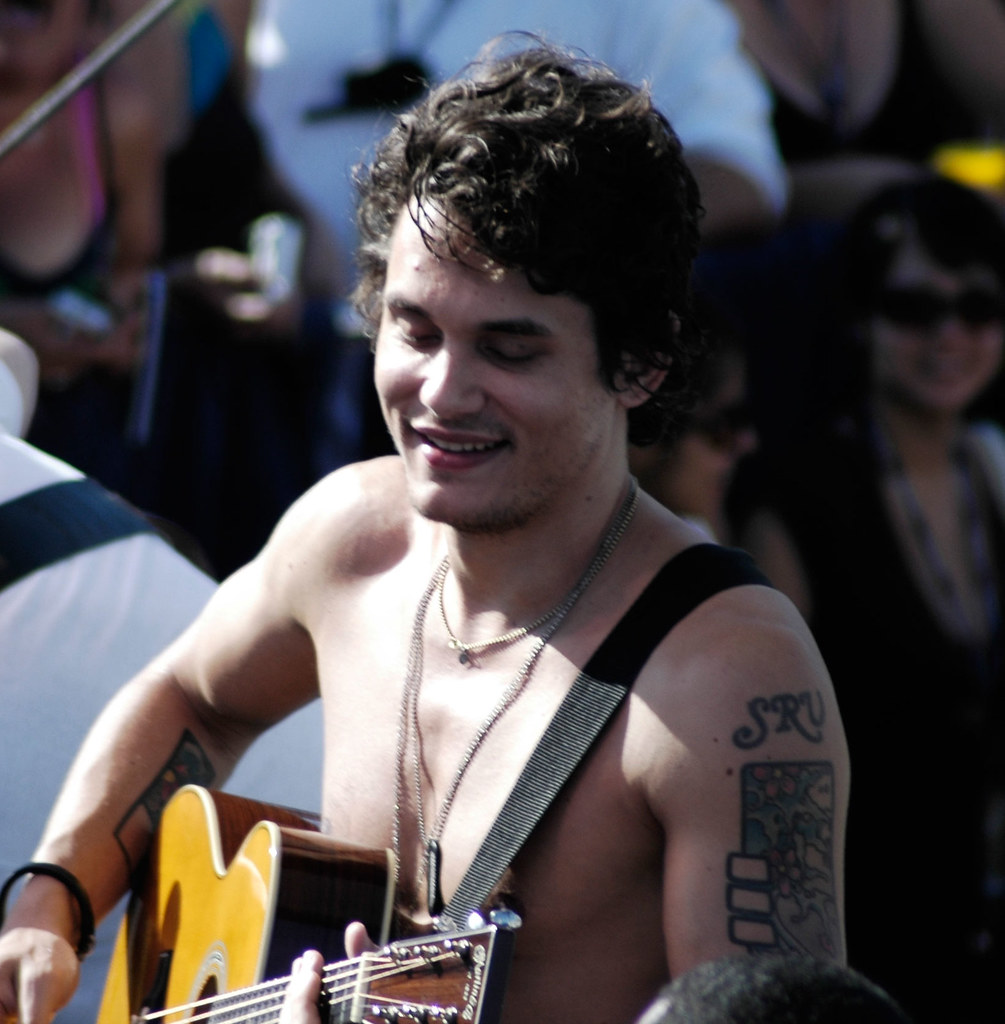
6. **The Craft**Ah, the ’90s. A time when everyone seemed to be obsessed with horror movies, and *Scream* was the talk of the town. Rachel F., 40, was no exception. “I really wanted to watch *Scream* and felt like the only kid who hadn’t seen it yet, but my parents were firm. (As a parent now, I agree with them. I was only 10.)” But Rachel, being a resourceful 10-year-old, knew how to bargain. “So I bargained with them to let me rent *The Craft* instead. I told them it was all about witches and friendship (I thought it was!), and I think they were just glad I wasn’t begging for *Scream* anymore.” A classic parental maneuver, trading one perceived evil for a seemingly lesser, more innocent one.
Only, *The Craft* was anything but innocent. While it certainly features witches and the bonds of friendship, it quickly delves into far darker territories: revenge, black magic, mental breakdown, and the destructive power of unchecked ambition. What started as a seemingly benign supernatural drama about outcast girls embracing their power soon transformed into a cautionary tale of obsession and terror. For a 10-year-old expecting a fun witchy adventure, the film’s descent into psychological horror and intense supernatural retribution would have been a rude awakening.
Rachel’s recollection is still vivid: “To this day, *The Craft* still freaks me out, and the end scene with Fairuza Balk thrashing around on the bed is so creepy.” That particular sequence, where a character’s powers spiral out of control and her sanity crumbles, is a truly unsettling moment that would leave a lasting impression on any viewer, let alone a pre-teen. The visual effects and the raw emotional intensity of the scene are designed to disturb, not merely entertain.
*The Craft* masterfully blends teen drama with dark fantasy and horror, making it a compelling watch for its intended audience but a genuinely disturbing one for younger viewers. It’s a perfect example of a movie that looked deceptively harmless on the surface—witches and friendship, after all—but harbored a dark, unsettling core that many of us weren’t prepared for. It effectively taught us that even magic could be terrifying, and sometimes, the line between empowering friendship and destructive obsession is perilously thin.
But not every cinematic scarring event came with a giant shark or a face-melting villain. Sometimes, the movies that truly stuck with us, the ones that subtly reshaped our internal worlds, were those that flew just a little under the radar of outright parental concern. These were the films that slipped past as “not too bad” or simply “not really for kids,” yet they introduced us to complex emotions, adult relationships, or unsettling realities that our developing brains simply weren’t ready to fully process. They didn’t always shock us with gore, but they sure left a lasting, sometimes unsettling, impression on how we perceived the world. Let’s peel back the layers on another five films that quietly messed with our heads, leaving behind those core memories that probably still make you pause and wonder, ‘Wait, what was that all about?’
Read more about: Embrace Your Shape: The Ultimate Guide to 12 Confidence-Boosting Bikini Styles for Every Body Type

7. **Rocky**Talk about an iconic flick that’s probably still in heavy rotation in many households, *Rocky* is a feel-good underdog story. Or is it? For Natalie C., 45, who saw it at the tender age of six, it was “a little too much for my tiny brain.” It’s an “incredible movie, and not really ‘bad,’” she admits, but it still makes her question why her parents let her watch it. This isn’t about jump scares or monsters; it’s about a different kind of intensity.
Think about it: the gritty realism of inner-city life, the sheer physical brutality of boxing, and the emotional weight of Rocky Balboa’s struggles with poverty, ambition, and a complicated love story. A six-year-old’s brain is just beginning to grasp the world, and these nuanced, sometimes heartbreaking, elements could easily overwhelm. The punches weren’t just physical; they were emotional, landing squarely on young, impressionable minds trying to make sense of a world far removed from cartoons.
This movie, for all its inspirational qualities, forces a young viewer to confront harsh realities: failure, perseverance against overwhelming odds, and the often-painful path to self-worth. It’s a narrative rich with adult themes, and while it doesn’t feature supernatural horror, the raw, unvarnished depiction of human struggle and triumph can be incredibly impactful. As the article reminds us, “a whole movie doesn’t need to be traumatic for it to leave a mark—all it takes is one shocking, heartbreaking, twisted, or horrifying scene to change the entire tone of a movie.” For Natalie, those intense boxing matches or the quiet desperation of Rocky’s early life might have been exactly that.
So, while *Rocky* may not be outwardly inappropriate, it presented a complex emotional landscape that likely sparked a nascent understanding of life’s hardships, making it a surprisingly profound, and perhaps prematurely weighty, viewing experience for a child. It leaves you wondering, how much of that determined spirit, or perhaps the quiet melancholy, seeped into our young perceptions?
Read more about: Who Runs the World? Get to Know the 15 Most Famous Celebrities of 2025!
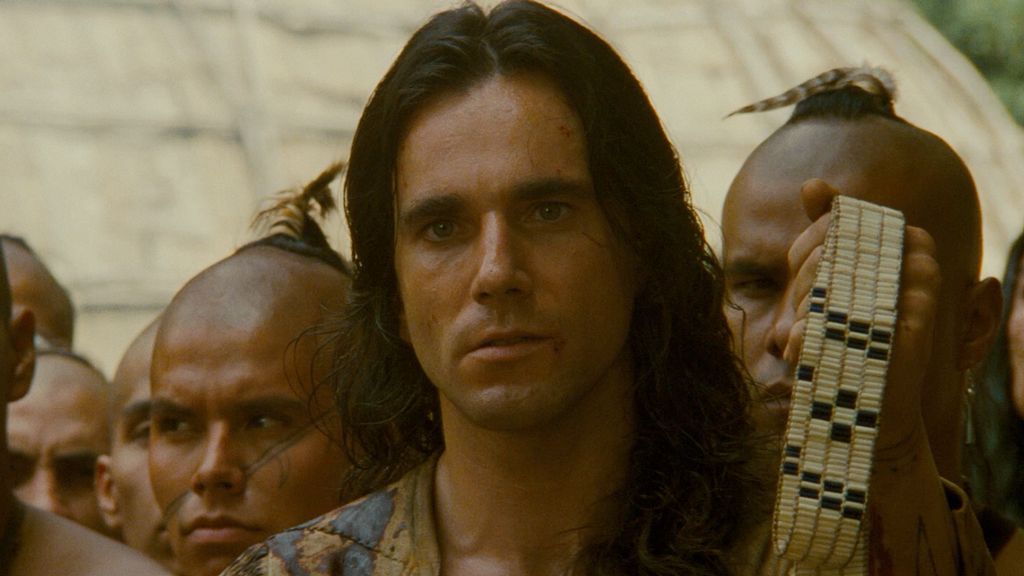
8. **The Last of the Mohicans**Now here’s a movie that offers a truly unique kind of “inappropriate” experience for a kid. Hayley R., 42, watched *The Last of the Mohicans* with her mom when she was nine, and vividly recalls, “I don’t remember one moment during the film where she acted like maybe it wasn’t a good idea.” On the surface, it’s a historical epic, full of adventure and dramatic romance. But beneath that, for a young Hayley, it was “incredibly violent and sad.”
Beyond the explicit violence and heartbreak—which, let’s be honest, can leave a significant mark on a nine-year-old all on its own—there was a more subtle, yet profoundly awkward, element at play. Hayley recounts, “I just don’t think I needed to watch a movie with my mom where she so obviously had the hots for the characters. I blush just thinking about how into Daniel Day-Lewis she was after this.” Whoa, talk about an unexpected and incredibly relatable childhood memory!
This isn’t about the movie’s content directly scarring a child with fear, but rather an early, unfiltered exposure to adult desire and attraction through the reaction of a parent. Imagine witnessing a parental figure’s enthusiastic and undeniable attraction to a character on screen. For a child, this can be incredibly confusing, embarrassing, and an eye-opening moment about the complexities of grown-up feelings that they were simply not prepared to observe. It’s an accidental peek behind the curtain of adult emotional lives.
The combination of intense historical violence, heartbreaking tragedy, and the palpable, slightly uncomfortable presence of a parent’s adult infatuation with a leading man creates a cocktail of subtle psychological impacts. It’s a film that not only introduced Hayley to a brutal period of history but also gave her an unintended, perhaps premature, lesson in the nuances of adult relationships and attractions. It’s the kind of memory that still makes you blush years later, cementing its place on our list.
Read more about: Not Even Trying: 14 Times Actors Unforgettably Became Their Characters Through Unique Personalities and Extreme Immersion

9. **American Pie**Ah, *American Pie*. If you were around in the late ’90s, you know this movie was an absolute cultural earthquake for teenagers and young adults. Jennifer P., 37, remembers it as “the most popular movie at the time,” and naturally, as an 11-year-old, she wanted to see what all the fuss was about. “I asked my mom if we could rent it one weekend. I don’t think she even looked at the case, just waved me off and said yes.” Classic parental oversight, right? But the consequences, for Jennifer, were far from minor.
Jennifer states bluntly that she “truly had no business watching this kind of raunchy movie. It really did mess with my perceptions of sex for a bit there.” And that, folks, is the absolute core of why *American Pie* earns its spot. This wasn’t a horror film or a dark drama; it was a raunchy, over-the-top comedy about the frantic, often clumsy, pursuit of losing one’s virginity in high school. For an 11-year-old on the cusp of puberty, this unfiltered, exaggerated, and often absurd portrayal of sex could be genuinely disorienting.
The film’s humor often stemmed from awkward sexual situations, miscommunications, and the characters’ desperate attempts to navigate intimacy. While hilarious for its intended older audience, a pre-teen lacks the life experience and critical filters to understand the satire or the sheer exaggeration. Instead, it might present a distorted, almost bizarre, picture of what sex, relationships, and even basic social interactions could entail, potentially setting up some seriously skewed expectations or anxieties.
So, while *American Pie* might be a comedic gem for adults, its explicit content and the comedic lens through which it views sexuality can profoundly confuse a young mind. Jennifer’s experience of it “messing with her perceptions of sex” perfectly encapsulates how a seemingly harmless comedy can have a subtle, yet significant, psychological impact, reshaping a child’s understanding of one of life’s most complex aspects long before they’re ready for it.
Read more about: Get Ready to Cook! These 14 Viral TikTok Recipes Took 2024 by Storm and Are Way Easier Than You Imagine!
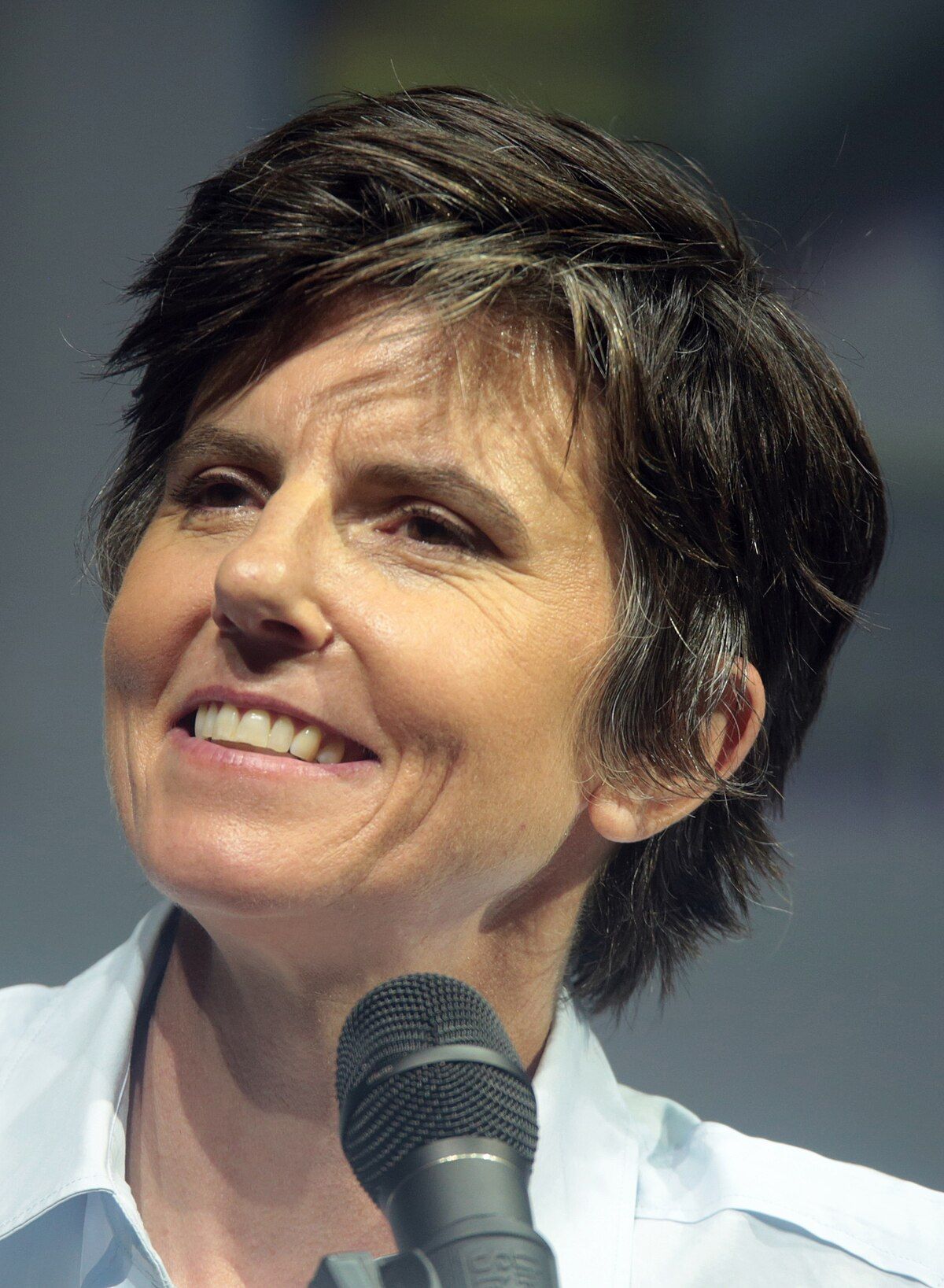
10. **Girl, Interrupted**Here’s another one where good intentions meet unexpected outcomes. *Girl, Interrupted* is widely considered “an important movie for anyone to watch,” as Maggie R., 36, acknowledges. However, for 10-year-old Maggie, it was definitely a case of “should’ve waited a bit.” Her parents, seeing “the word ‘girl’ and Winona Ryder,” likely assumed it was a perfectly acceptable drama. But oh man, were they in for a surprise.
The film delves deep into themes of mental illness, institutionalization, and the complexities of human psychology. These are heavy, mature subjects, often emotionally taxing for adults, let alone a child who is still trying to understand the basic workings of the world around them. The powerful performances and the raw depiction of characters grappling with their inner demons can be incredibly unsettling.
For Maggie, it wasn’t the graphic violence or jump scares that left a mark; it was Angelina Jolie’s character who “was terrifying to me.” This isn’t the terrifying of a monster, but the profound, unsettling terror of human unpredictability and the fragility of the mind. A 10-year-old’s brain is not equipped to process the nuances of a charismatic yet deeply disturbed individual, making the character’s erratic behavior and intense emotional volatility genuinely frightening in a way that goes beyond simple entertainment.
*Girl, Interrupted* is a masterclass in psychological drama, but for a young viewer, its themes of self-harm, institutional life, and the spectrum of mental health can be overwhelming and confusing. It leaves a lasting, albeit subtle, impression by introducing a child to the darker, more challenging aspects of the human psyche, long before they have the emotional maturity to fully comprehend or contextualize such profound issues. It’s a reminder that not all “scary” comes with a monster; sometimes, the most unsettling things are deeply human.
Read more about: Beyond the Spotlight Fade: 14 Iconic Actors Whose Final Films Redefined Their Legacies
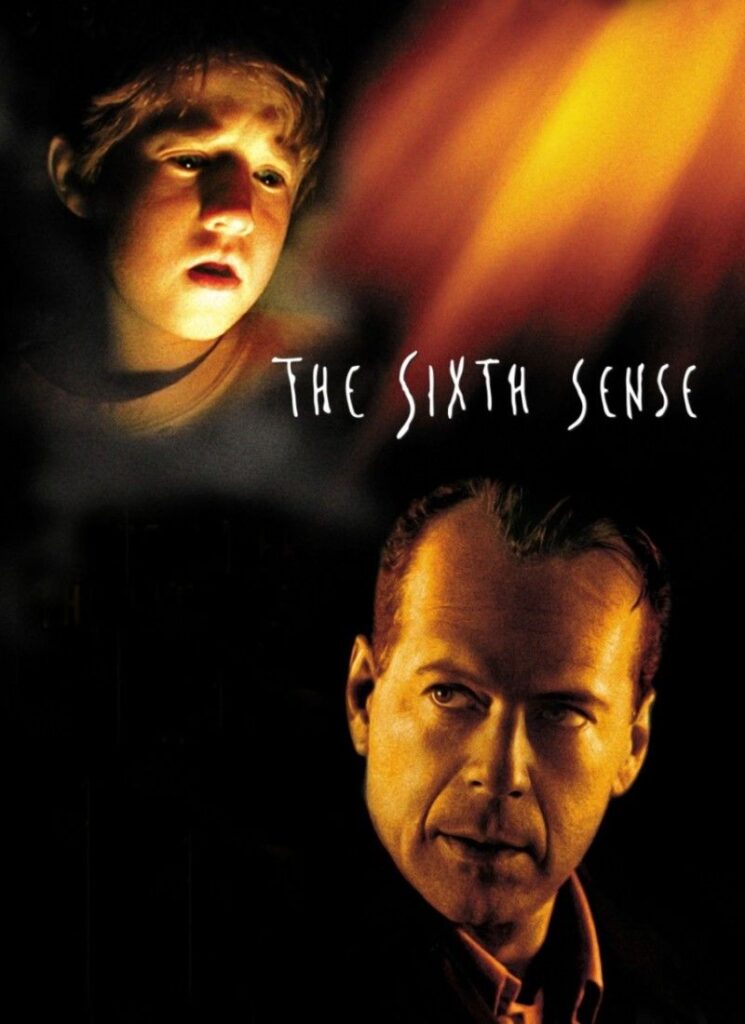
11. **The Sixth Sense**”I see dead people.” If you lived through the ’90s, that phrase was absolutely everywhere, and chances are, you probably repeated it a million times without fully grasping its chilling implications. Sarah T., 35, was in fourth grade when *The Sixth Sense* came out, and like so many, she “begged her parents to let her watch it.” Even knowing the famous Bruce Willis twist didn’t prepare her for the full, haunting experience.
Her parents “assumed that was the only ‘dead person’ the kid saw,” but as Sarah recalls, she “was not prepared for all the creepy ghosts and jump scares throughout the movie.” But it’s more than just jump scares; it’s the insidious way the film implants a terrifying new perception of reality. Sarah vividly remembers still disliking “leaning down and looking under a bed for fear I’ll see Mischa Barton playing that poisoned ghost girl,” a testament to how specific, disturbing imagery can embed itself in a child’s subconscious.
What really makes *The Sixth Sense* a subtle trauma-inducer is its blurring of the lines between the living and the dead. As another account in the context highlights, “I was scared of the whole world for a while after seeing this movie, thinking that anyone I was actually seeing could, in fact, be dead.” This is a profound psychological impact – the idea that the people around you, the familiar faces, could secretly be ghosts, fundamentally alters a child’s trust in their own perception and the safety of their environment. The world suddenly becomes a much scarier, less predictable place.
Beyond the iconic twist, the movie is filled with unsettling visuals and scenarios – a child locked in a tiny, dark closet, graphic depictions of ghostly injuries, and the constant, chilling presence of the unseen. It’s not just a ghost story; it’s an existential horror for a young mind, making them question reality itself and leaving them with a pervasive sense of dread that lingers long after the credits roll. It’s a classic, yes, but one that undeniably earns its spot for its deep, unsettling reach into our childhood imaginations.
Read more about: Behind the Wheel of Regret: 15 Cars That Left Drivers Wishing for a Do-Over
So there you have it, folks. A journey back through the ’80s and ’90s, a time when VCRs ruled and parental oversight was, let’s just say, a little more “hands-off.” From immediate, visceral shocks to the quieter, more insidious ways movies altered our understanding of the world, these films left an indelible mark. They shaped our fears, our perceptions of adulthood, and sometimes, even how we look under the bed. It’s a hilarious, horrifying, and incredibly nostalgic ride to realize just how many core memories were forged in front of a flickering screen, often with a movie we truly had no business watching. And hey, while we might forgive our parents for those questionable movie choices, the memories (and maybe a few lingering phobias) will stick with us forever, proving that some stories truly do last a lifetime.



